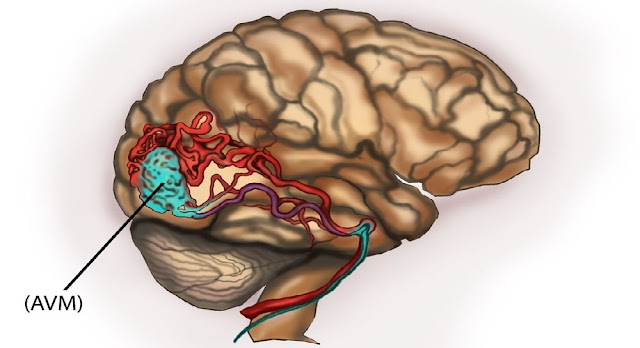Diseases related to our blood vessels are known as vascular diseases. Cerebrovascular disease is also vascular disease associated with the cerebrum of the brain. This disease hinders the supply of blood to the brain leading to the shortage of oxygen in the brain resulting in stroke. Cerebrum part of the brain is responsible for the control heart beating and other higher functions of the brain such as thought and action.
Some common types of cerebrovascular diseases
- Cerebral Embolism- It occurs when blood flow to the brain is blocked due the presence of air, plaque or a clot.
- Cerebral Thrombosis- It is a blood clot that appears in the blood supply to brain.
- Cerebral Hemorrhage- It is a type of stroke causing internal bleeding and damage to the brain cells.
- Aneurysm- It is a disease leading to the swelling in the artery, which occurs in the brain, back of the knee or intestine.
Symptoms of cerebrovascular diseases
- The symptoms of cerebrovascular disease are dependent on the location of the person’s embolism, hemorrhage or thrombus and the level to which the cerebral tissue has been destroyed.
- Patient may not be able to cough properly and loses his gag reflex.
- Difficulty in swallowing, poor hand-eye coordination, speech impairment.
- Vomiting
- Dizziness
- Fever
- Sudden Weakness
- Loss of balance
- Paralysis and Coma
Causes of cerebrovascular diseases
- Stroke occurs when a blood vessel that transports blood to the brain is jammed due to plaque or a blood clot which causes brain cells to die leading to stroke.
- On the other hand, it is possible, a clot may have formed in some other part of the body and travelled to brain and blocked the artery through which the blood is transported to brain.
- Some lifestyle diseases that are major risk factors of stroke include diabetes, hypertension and obesity.
Diagnosis of Cerebrovascular diseases
The treatment of cerebrovascular diseases is conditioned upon the natures of individual disease. There may be different types of strokes and due to various reasons, before the treatment is necessary to know the problem associated with particular patients.
- A doctor often diagnoses a stroke using a stethoscope, noticing abnormal sounds of blood flow or a through physical examination of patient is done.
- MRI-Magnetic Resource Imaging or MRI is the scan done for detecting strokes. MRI examines your blood vessels using magnetic and radio frequency waves to generate a comprehensive view of organs and system inside your body.
- CAT Scan- Computerized axial tomography is a painless procedure done to identify the origin of hemorrhagic strokes and shows the bleeding in the brain and damaged cells due to stroke.
Treatment of Cerebrovascular diseases
- The treatment for cerebrovascular diseases comprises of medication and changes in the lifestyle of the patient.
- The emergency treatment of cerebrovascular diseases involves injecting medicine into the brain or discarding clot with surgery.
- Surgery is done for the treatment of aneurysm, hemorrhage, thrombosis embolism and occlusive vascular diseases so that oxygen and nutrients can be delivered to brain without any obstruction.

No comments:
Post a Comment